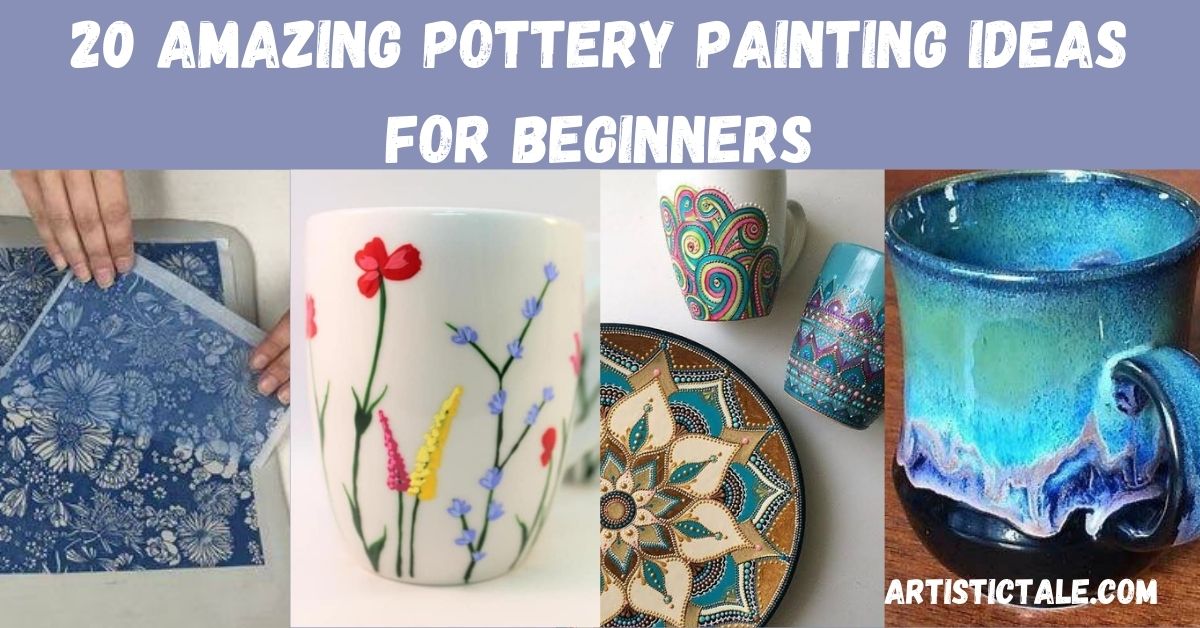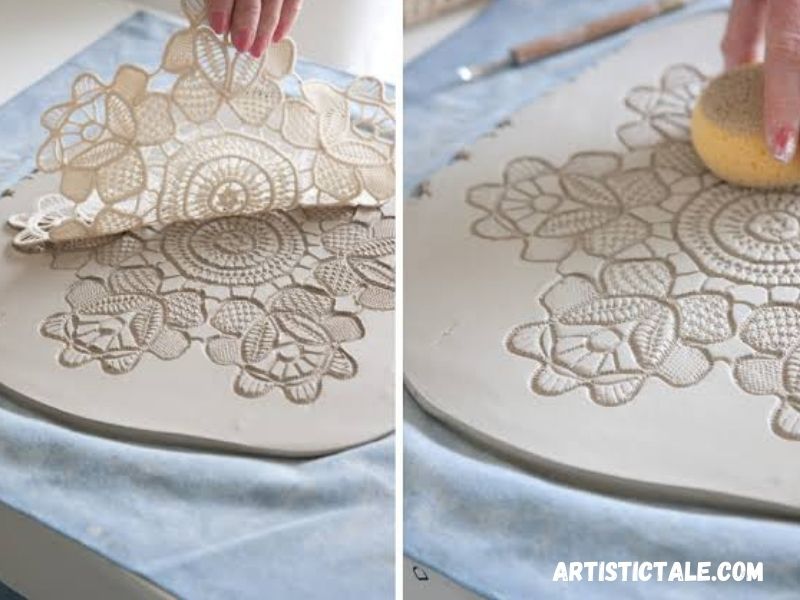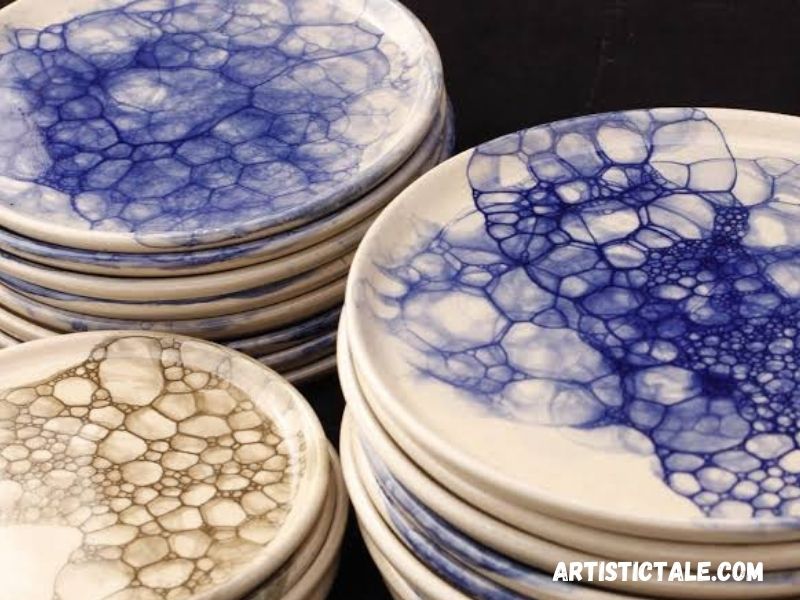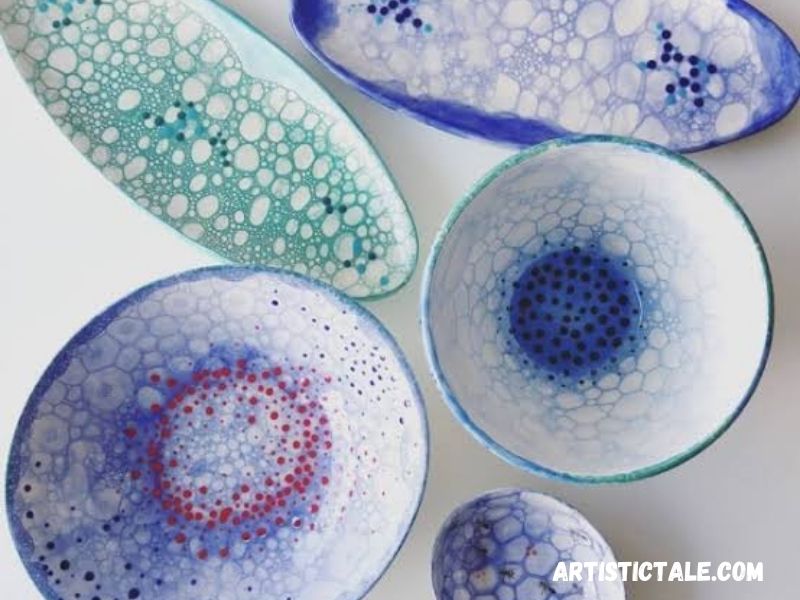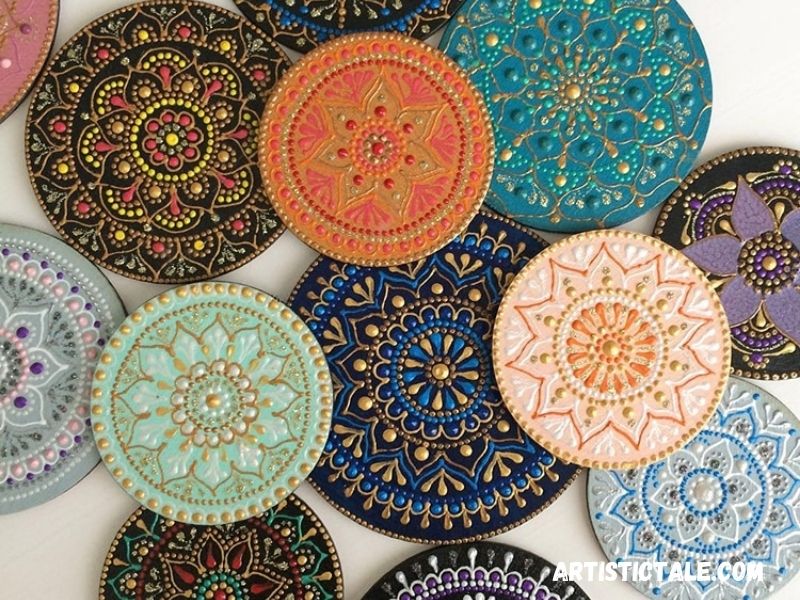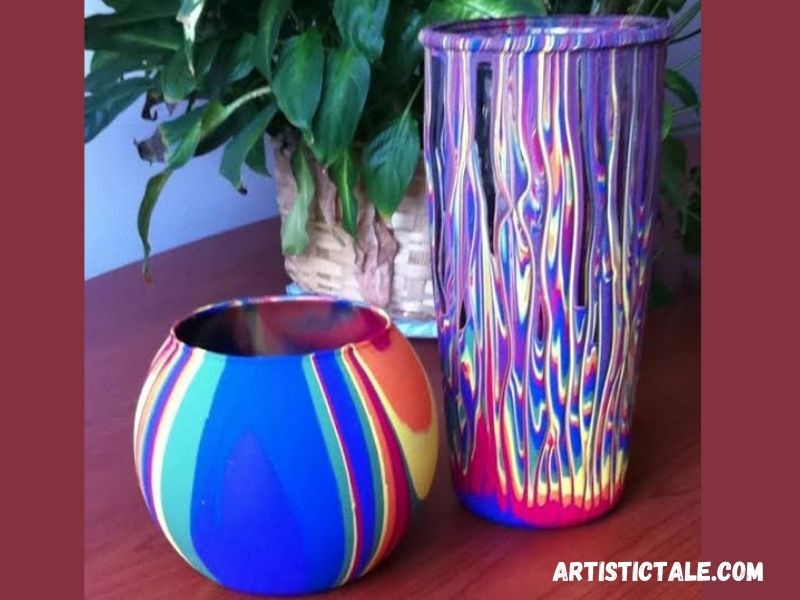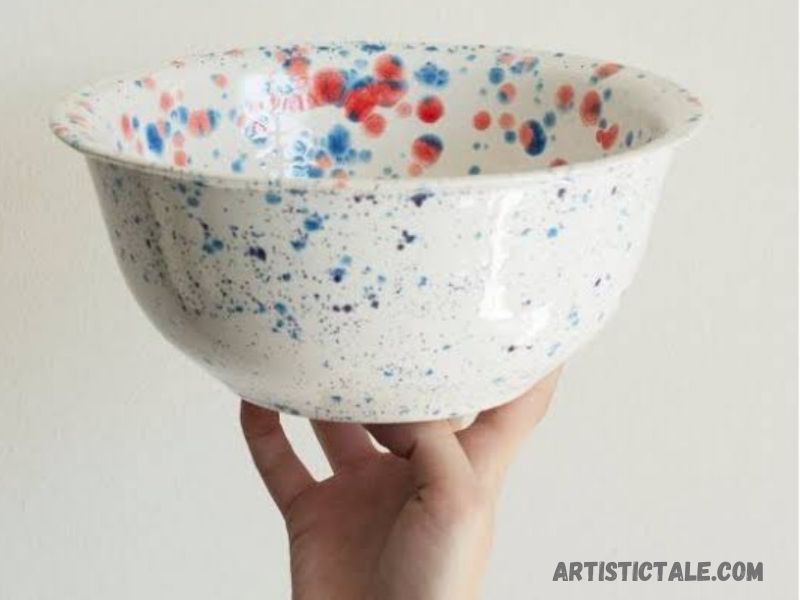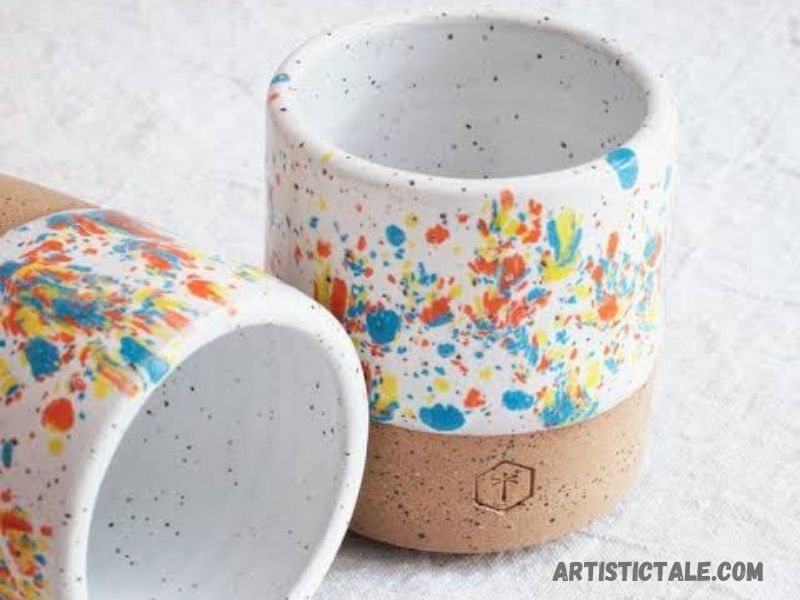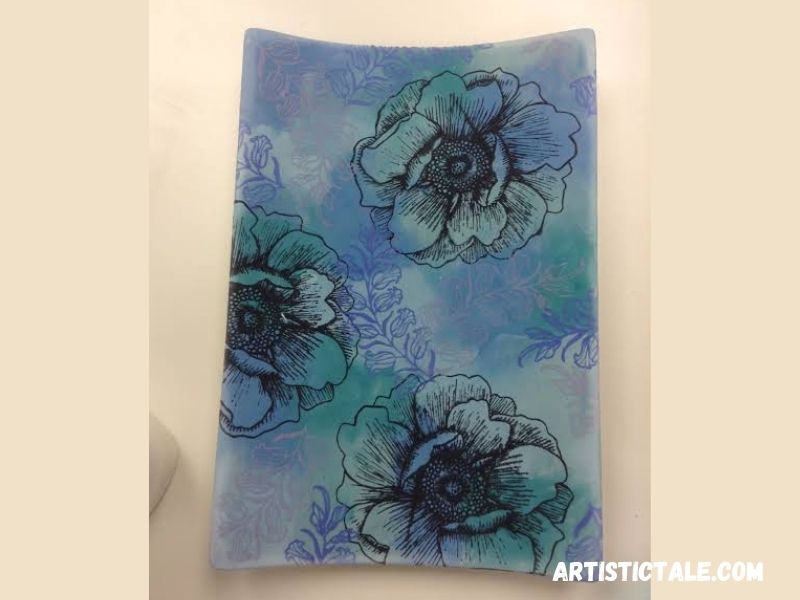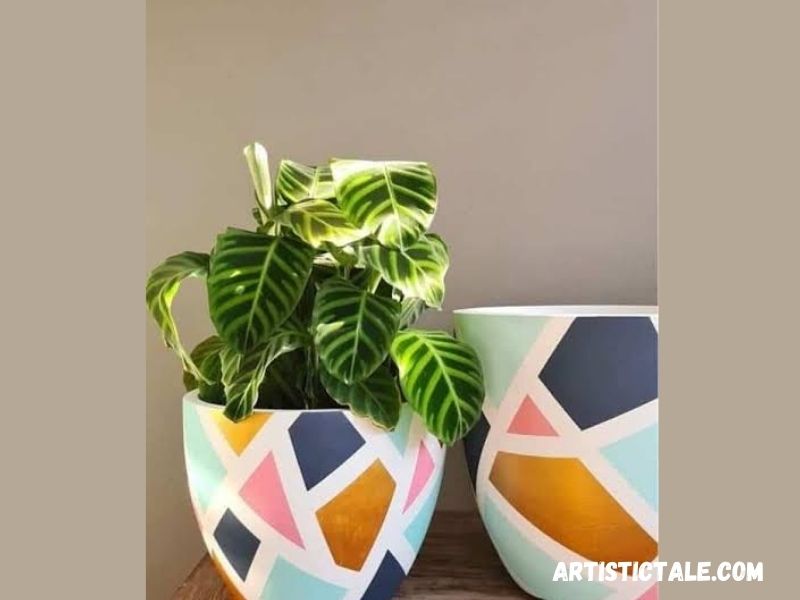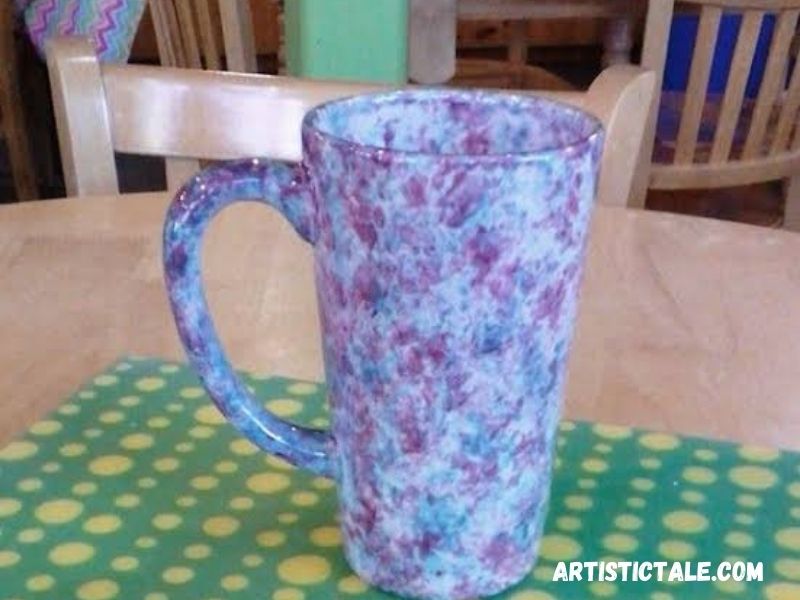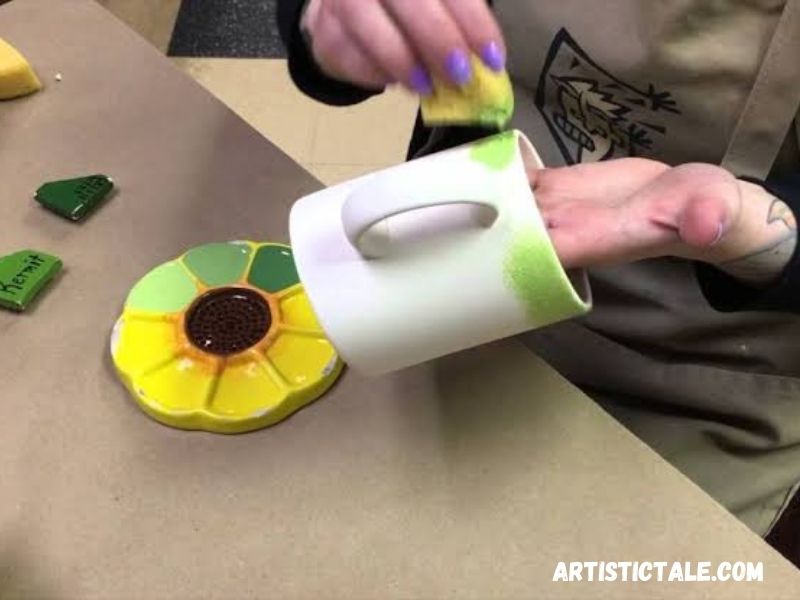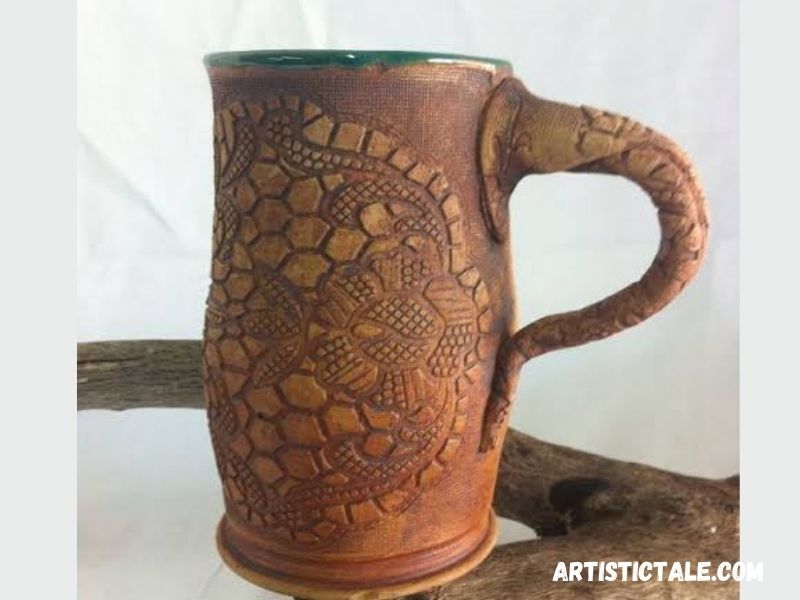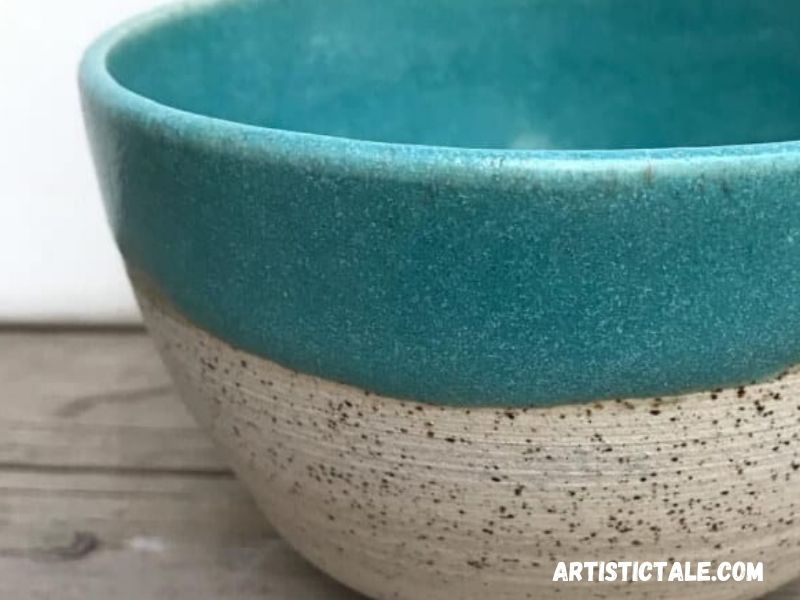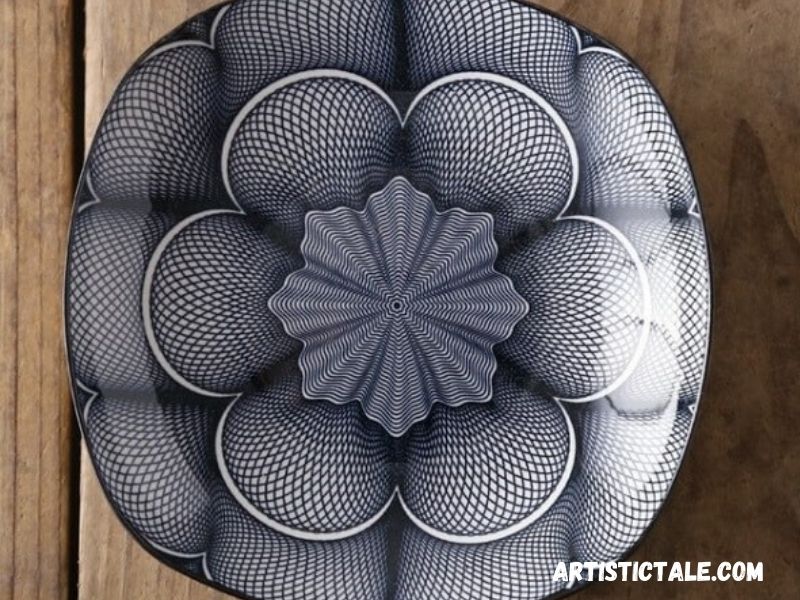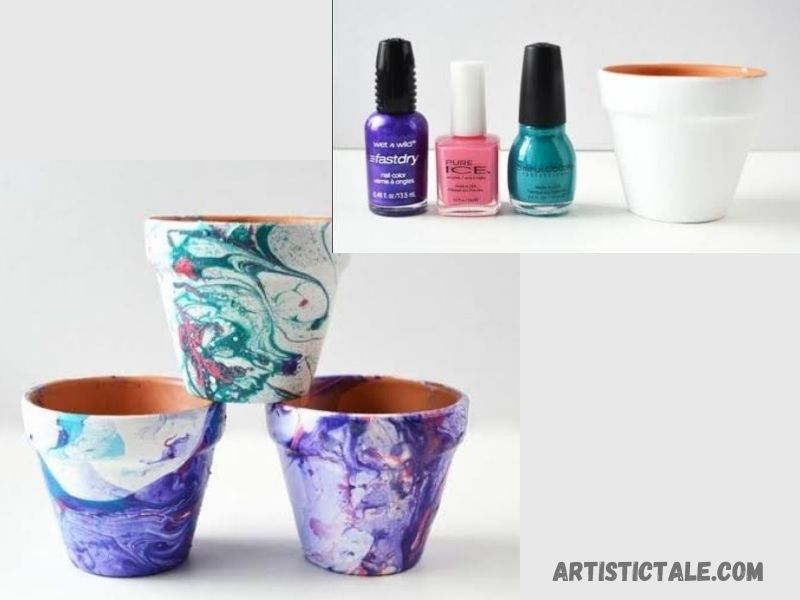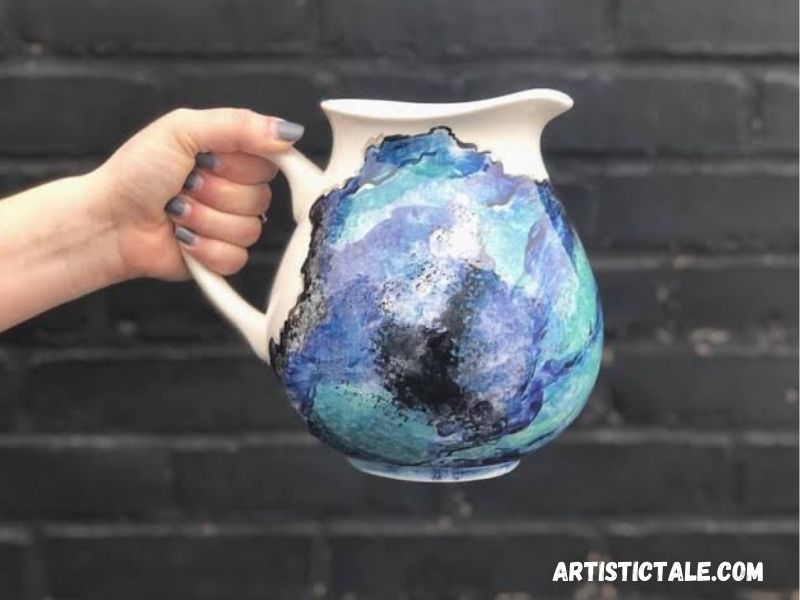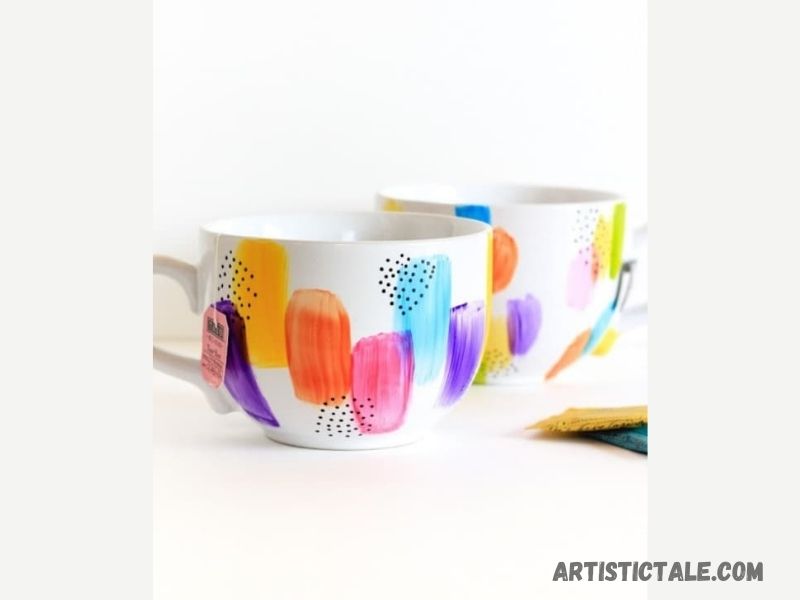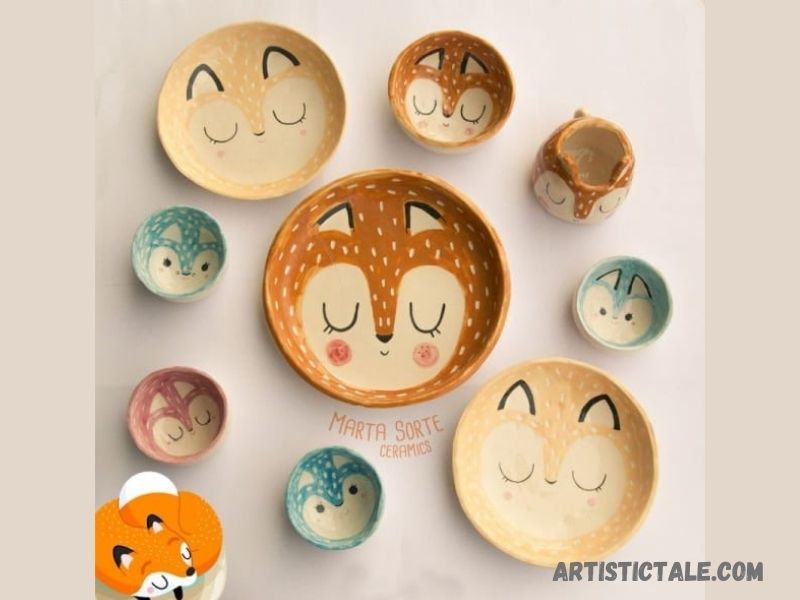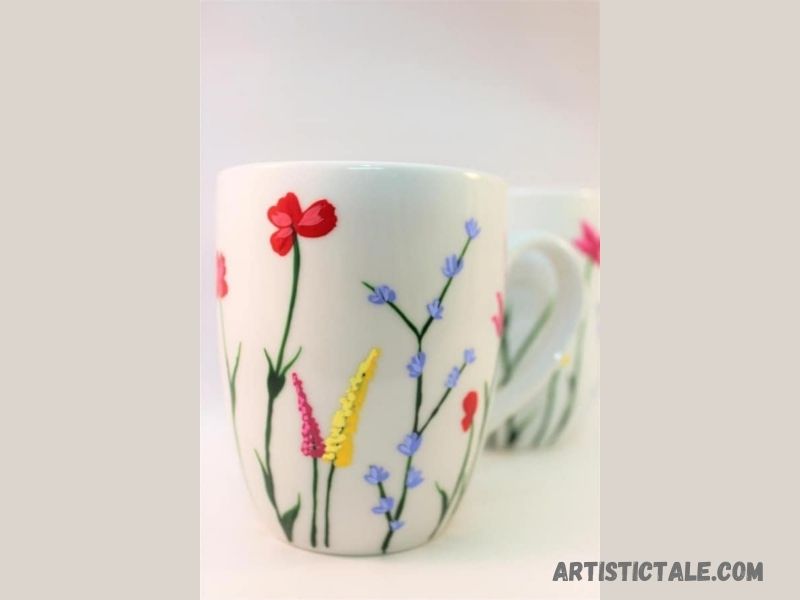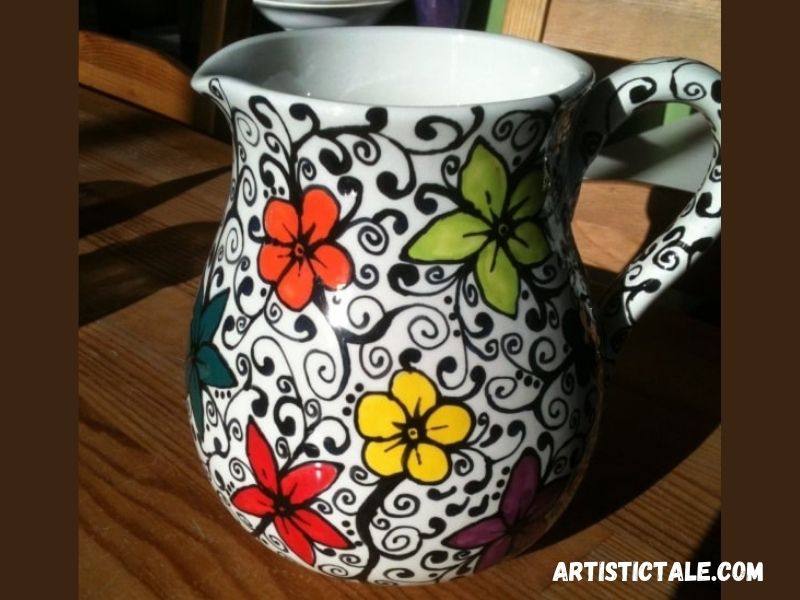Pottery painting ideas can be a wonderful way to express creativity and relaxation. Whether you’re a beginner or an experienced artist, exploring different paint styles on ceramic plates, bowls, pots, vases, and cups can be a great artistic experience. Take a look at this list of easy pottery painting ideas for beginners to discover popular styles and find inspiration for your next project. Happy painting!
For a good number of years, sketching and painting have captivated us. Many people use it as a contemplative leisure activity or just as a peaceful, intellectual work in which they may truly let go. It’s also a great experience to paint various items and ordinary objects, and it can be called great art one of those is Pottery Painting Ideas. You can build or paint ceramic plates in addition to bowls, pots, vases, and cups. It is not important to be an expert to try it. Look at the list of easy pottery painting ideas for beginners to choose which paint styles are the most famous and what else you can try.
Pottery painting is like yoga! Be creative again, and feel the good energy in you! Let your ideas flow, listen to your heart, and turn off the inner critic. If you’re up for it, I promise you’ll have a really good time with yourself that day. Be amazed at yourself and live your creativity, which you may not have known much about before. Get in touch with yourself – just like in yoga!
A pot, vase, or bowl does not have to be the subject of a pottery painting. You may use your favorite coffee mug, a leafy tree, or even your lovely, cuddly pet to express your creativity. Choose your paint from latex, acrylic, epoxy, or any liquid paint that may be applied by hand.
We’ve compiled a list of a few exciting and creative pottery painting ideas. Do you want some? So, here we go.
Table of Contents
Simplest Pottery Painting Ideas For Beginners
Vibrant Glazes Cute Pottery Painting Ideas
These are mostly known as undercoat glazes. When you look attentively, you’ll see that certain hues look vivid, sparkly, and glazy after being applied over 2-3 times. Also termed ceramic glazes, the paint coating spontaneously changes color in the fire because of the high heat, resulting in a spectrum of colors. Do you want to know what the sweetest point is? You can choose between a shine and a matte effect for the paint. Give pottery glazes to your artwork if you’re a newbie and don’t want to compromise on the madness of colors.
Lace Pottery Painting
This one is mostly about having a great time, and here’s something else we can provide. Begin by wrapping lace across the ceramic and imprinting the design on it. Proceed to the next stage while the base remains damp and moist, and cover it with a strip of lace in any style and pattern you want. After that, paint it over. Remove the lace to preserve the masterpiece you’ve made.
Pottery Painting With Bubbles
Yes, you did hear that right. The bubbles that don’t rupture or disappear are listed in the collection of pottery painting ideas for bowls. Instead, they create a certain kind of pottery paint pattern that is elegantly simple. Begin by mixing paints, water, and dishwashing soap in a cup.
Then blow into the container with a straw to make the popping bubbles. Once the bubbles have topped the container, tilt it slightly over the pottery of preference (cups, bowls, plates, etc.) to pour the bubbles into the pottery and let them settle on top; the bubbles leave a color stain on the pottery. Select a few other colors in the same way to give your artwork a professional look. Painted pottery bowl ideas are evergreen and easy too.
Mandala Pottery Painting
Despite the name’s recent resurgence in prominence, the mandala style is complicated and elegant, but simple to construct. Begin with polka-dotted pottery for the wall. But the most important thing is to get the consistency right. The effective method to figure this out is to draw a pattern on the sculpture with an ordinary number 2 pencil. Then start working with your paints.
Fluid Art Pottery Painting
Begin by selecting 3 to 4 colors that you like. Fill every container with the same quantity of water. Mix them a little and pour one on top of the other in a separate bowl. But, do not combine the two. Begin by putting paint in various spots, allowing the paint to flow and whirl together as you form colored layers. Let the extra color drop off once the entire area has been completed. If your pottery’s side or base gets a little dirty, wipe it down with a wet sponge. Simply have a good time and do it properly.
Splatter Effects Pottery Painting
This is perhaps the most difficult of them all. Okay, I’m exaggerating. To begin, apply the paint. Splash paint on the pottery with a toothbrush or paintbrush. You’ve completed the task. Tape off sections like the canisters for extra improvement. It would provide the sculpture with a more sophisticated and diverse appearance.
Pottery Painting With Silkscreens
Silkscreens are the more sophisticated counterpart of a stencil. It mimics the look of screen stamping on a t-shirt. Dip your fingertips into the liquid and apply it above the silkscreen’s top to completely cover the pattern. You’ll get a duplicate of the actual picture when you pull it off. When your project cools down, the night vision-enhanced version is just stunning.
Pottery Painting With Masking tape

For this one, what you need is tape. When you’re considering redecorating a home interior, you can add this pot to your room for a sophisticated and simple look. Place the tape around the pot or any other pottery where you want a dazzling white or a good clean stripe to appear. Use colors from your color palette to paint the remaining lines. You’ll be left with a gorgeous, clean, and stylish aesthetic when you remove the tape.
Pottery Painting By Tracing And Transferring Technique
Are you contemplating painting a pattern you adore or a picture you’d like to recreate? All you’ll need are a few transfer papers. You can transfer the complete picture or design by tracing it onto the pottery. Simply fill in the drawn images with appropriate paint colors as if they were a sheet from a coloring book. This name from the list of beginner pottery painting ideas is a great approach to reminiscing about the days when sheets from a coloring book brought joy.
Pottery Painting With Sponging Technique
In this technique, you should use different shapes of sponges. Applying different pressures to the sponge will give you different types of textures. You can use acrylic or oil paints for this. Decide what kind of design you want on the pot. If you are a beginner, try painting some clouds on it. This way, you will understand how to use the sponge.
Tip: To make your ceramic or porcelain painting classy, try to create an ombre effect on the surface.
Slips Pottery Painting
Not physically slipping or sliding over, but the liquid state of clay immersed in water. This is another excellent color clay pottery technique. Get your hands on either white or colored oxide-tinted slips for this. When applied to damp greenware, slips have the optimum effect. Because the slip artwork burns together with the pot, artists are fond of it. If you have a compelling sense of beauty, the extra colors will augment or boost the visual impact.
Oxide Stains Pottery Painting
Oxide stains are one of the top items on the list, and it’s time to paint your own pottery ideas. They’re great for painting flowing lines while also adding larger areas of color. Create the stains by combining the mineral oxides with a considerable oil in water. Based on the other components in the glaze, some oxides get finicky and change color considerably. Chrome oxide, for example, is commonly assumed to be a green pigment. However, if the glaze contains tin, it may turn pink.
Glazes Pottery Painting
Glazes are not the same as the under-glazes that we covered earlier. For decades, artists have used glazes to paint on ceramics, but only with the assistance of these glazes. This comprises gloss varnish painting akin to majolica traditions and wearing other regions with glazes of various hues.
Pottery Painting With Fingernail Polish
Pottery artisans can use a range of different conventional paints for pottery decoration. So why can’t we use something unique and interesting? We all have different nail polishes lying around; use them to paint your pottery and make some amazing masterpieces. Keep in mind, that non-ceramic coatings will crack or come off if the finished object becomes damp or is intended for long-term outdoor use. Ceramic sculptures with nail polish as paint are the ideal styles for exhibition art, and artists typically use conventional colors in this field.
Wash Pottery Painting
Another enjoyable approach from the list of beginner’s pottery painting ideas is the wash painting approach. This one looks like the one you’d use for watercolor painting. The first step is to dilute the paint in water. However, the brushwork must be evident for the artwork to be meaningful and purposeful. Some artistic calligraphy, or perhaps a mandala on the pottery with the wash painting, can make you feel good about your job.
Final Lines…
So, we are done with most of the best pottery painting ideas for beginners. Paintings are among the best types of art since we all know and have discussed them previously. Being able to paint is a gift of God. Whether pre or post-painting, the heating of clay intrigues me the most. When done correctly and with elegance, pottery painting looks stunning. You must, however, adapt well, connect the dots, and make your art. Painting pottery is not a tough task. So, even if you’re a novice or even doing it for the first time, give it your best.
Would you like to share some ideas for painting your own pottery…
People Also Ask…
Are pottery painting plate ideas easy to do?
Pottery painting is not much hard to do, you can just follow some easy and standard steps to complete your work.
- Stencil a trace. Dry and wash the plates—place stencil on a plate in the desired area; secure with tape or a tight grip.
- Color Design. Fill in the design with ceramic paint using a 1.0-liner brush.
- Cooking trays. Bake plates according to the manufacturer’s instructions to cure the paint.
What kind of paint do you use on pottery?
The most popular type of paint is acrylic, but fingernail polish can also produce good results. Both of these substances have the advantage of being non-water soluble after drying, unlike conventional paints.
What paint is best to use on mugs for the best design?
If your cup is made of glass, you can paint it with acrylic paint, glass paint, or glass paint markers. One kind of glass paint dries by air and doesn’t need any additional finishing. For the other type to be permanent, heat-resistant, and waterproof, baking in an oven is necessary.
How do you seal your mug after painting?
Heat-curing acrylic paint is required to permanently bond it to ceramic surfaces. You should bake the painted object rather than allowing it to dry naturally, and then cover the paint with modge podge, clear acrylic paint, or a water-based polyurethane varnish to protect it. Making food-safe dishware is best done in a kiln.
What paint are all kinds of dishwasher safe?
The best dishwasher-safe, one-step paint for ceramics and glass is enamel acrylic paint. This ground-breaking paint has a high pigment content and can be applied directly on a surface without any surface preparation!
